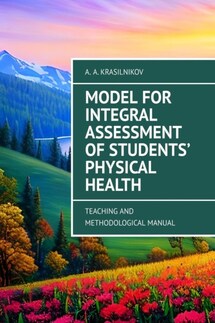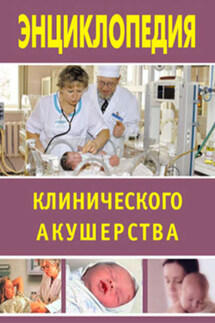In the modern world, the 21st century is often associated with rapid technological development. There is no doubt that technology plays a key role in human life. It has become not only an integral part of daily activities but also the foundation for economic growth. Today, an economy that does not use advanced technologies cannot be considered competitive. This is because technology simplifies human labor and allows people to accomplish more in less time. The impact of technology can be observed in many fields, but it is particularly evident in education.
According to recent research, the use of modern technology in education significantly improves the level of knowledge and interaction between students. Modern students, using computers and other tools, greatly enhance their level of education and interaction with each other. This also allows them to work in an interactive mode, opening up new scientific interests, and simplifying the transfer of knowledge. Digital technologies also contribute to the acceleration of human intelligence work in various fields of life. Today we will look at the impact of these technologies on the educational process and innovative processes in high schools, colleges, and universities.
The tasks of implementing modern technologies in the educational process can vary and depend on the specific subject and level of education. Let’s consider some tasks that may be relevant for students of different ages and areas of knowledge:
• Monitoring student activity during lessons – specialized programs and devices can be used to track the attention and activity of students during a lesson. This can be useful for teachers who want to know which topics generate more interest and understanding and how to better adapt the material for each student.
• Assessing the level of knowledge and preparedness of students – online testing and data analysis can be used to determine which topics require additional study, as well as which students need additional help or support.
• Personalized approach – based on data about the students’ level of knowledge and interests, an individual approach can be developed for each student. For example, with the help of online courses and specialized programs, additional material or tasks can be provided to students that correspond to their interests and level of knowledge.
• Providing individualized learning plans – depending on the goals and health status of the students, an individual plan for physical activity or learning can be developed that will be most effective and safe for each student. This can help students achieve better results and remain healthy and active throughout their studies.
Collaborative Online Systems
Modern technologies facilitate the educational process and open up new possibilities for teachers and students. One such technology is collaborative online systems. They allow teachers to exchange experience and ideas, organize joint projects, and find partners for collaboration.
In addition, such systems provide access to learning materials in various formats: photos, videos, podcasts, lesson plans. This simplifies the lesson preparation process and provides an opportunity to use diverse and interesting forms of teaching.
It is important to note that collaborative online systems are not limited to use within a single educational institution. Teachers and students from different cities, countries, and continents can come together in virtual space and work together on projects, exchange experience, and learn from each other.
Collaborative online systems can also be useful for teachers’ professional development. They can participate in online courses, seminars, and webinars, communicate with colleagues from other educational institutions, and exchange experience and knowledge.







